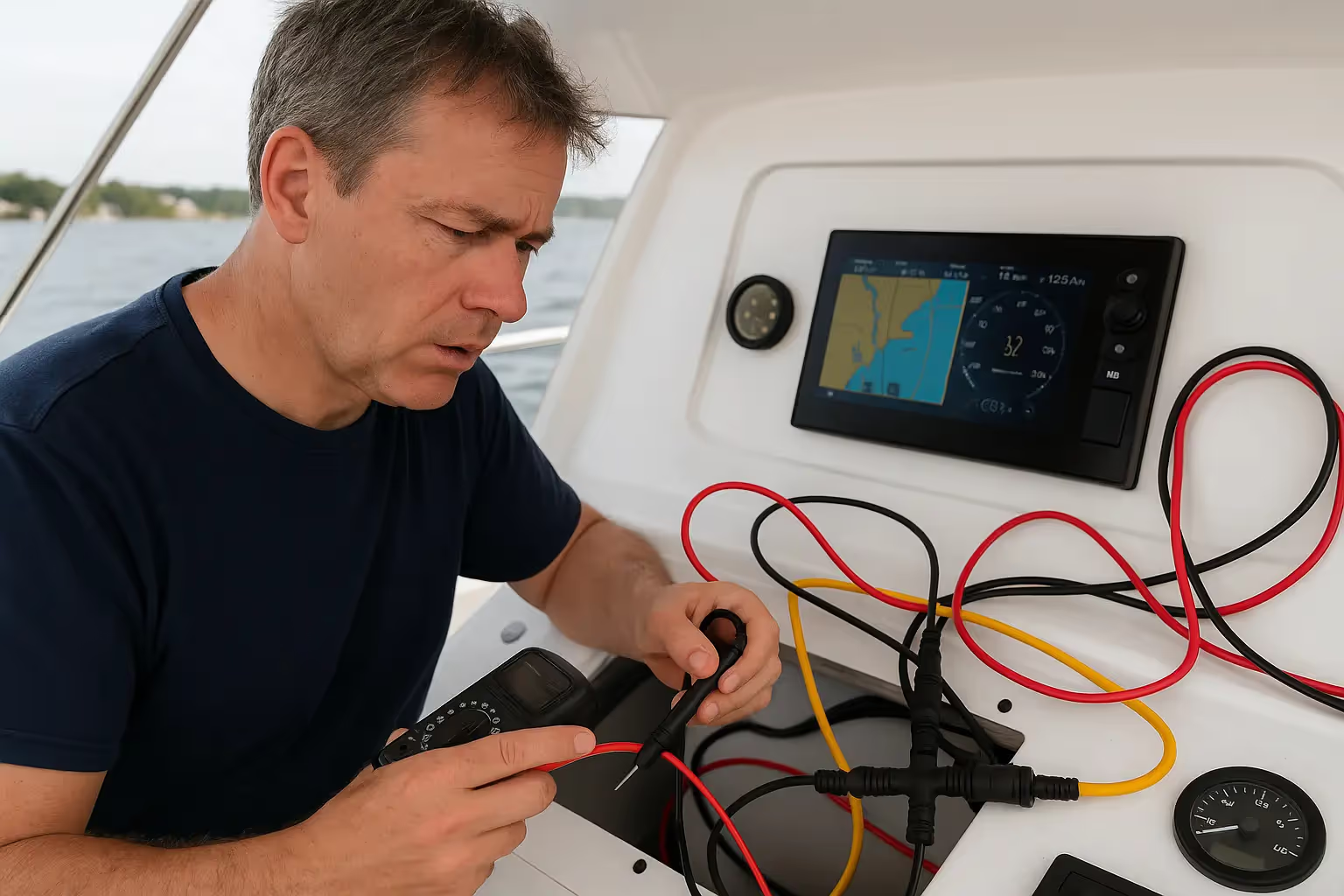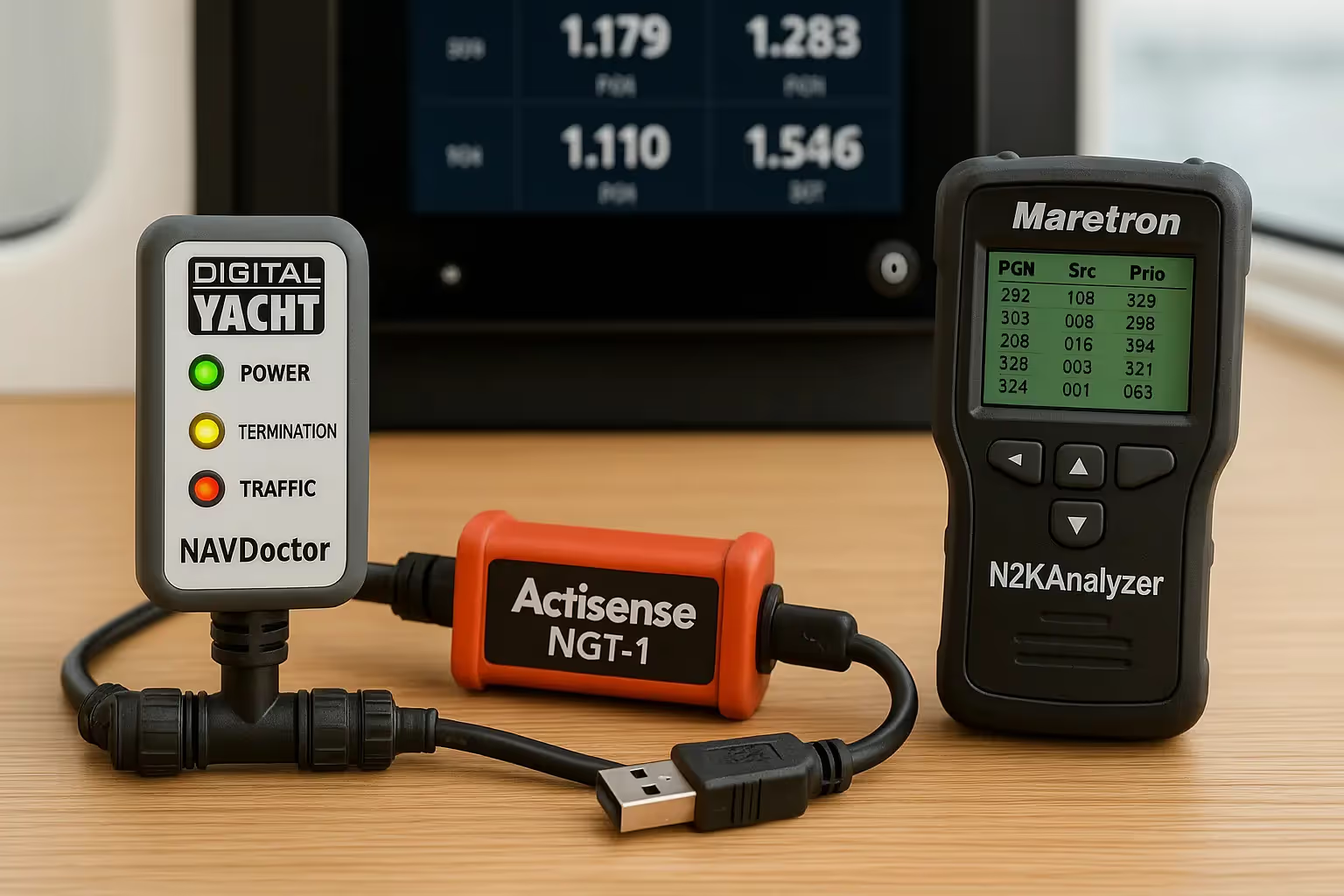Solo Sailing: Reflections from the Open Sea

The Allure of Solitude at Sea
Solo sailing appeals to a select breed of mariners. It is a pursuit embraced by those who find comfort in their thoughts and the rhythm of the waves. The allure is found in the deep bond between a sailor and the sea and the freedom from the confines of land.
In the solitude of solo sailing, one discovers a sanctuary far removed from the bustle of everyday life. The open sea becomes a canvas upon which one can paint their thoughts, dreams, and aspirations. There is a tranquillity in the soft lapping of the waves on the hull and the boundless expanse of ocean and sky
Each solo voyage is a journey of self-discovery, a pilgrimage to the inner depths of one's being. There is nowhere to hide from oneself in the stillness of the sea. It is a time for deep introspection, contemplation, and reflection. As the wind fills the sails and the boat glides across the water, the sailor is left alone with their thoughts, confronting fears, embracing strengths, and charting a course for personal growth.
Yet, on this solo journey, there is a profound connection—with nature, the elements, and the timeless seafaring traditions. Solo sailors get a keen sense of the ocean's rhythms and learn how to interpret the wind, clouds, and waves. They start to explore the natural world more closely and take comfort in its wisdom and beauty.
There is also a unique sense of freedom that comes with solo sailing —a liberation from the distractions and demands of modern life. It is a journey inward, a quest for self-reliance and self-discovery amidst the ever-changing nature of the open ocean.
Navigating Alone: Challenges and Triumphs
Setting out on a solo sailing expedition is more than just a recreational pursuit but a test of one's mettle against the unforgiving elements of the sea. In the solitary expanse, the sailor becomes the master of their fate, facing challenges that demand unwavering resolve and resourcefulness.
The lone battle against nature's whims is what solo sailing is all about. For the courageous sailor, every second brings a new challenge due to unpredictable winds and dangerous currents. Without a crew to divide the work, one needs to be an expert at adapting quickly, swiftly adjusting sail trim, course, and tactics to navigate the ever-changing conditions.
Perhaps the greatest challenge of solo sailing is the relentless demand it places on the sailor's physical and mental endurance. Even the most seasoned sailor can be put to the test and nearly worn out by long hours alone at sea. However, it is during these trying times that true strength is developed, as the sailor searches within for the courage to continue.
Navigating alone requires a diverse skill set, as the solo sailor must fulfil a myriad of roles aboard the vessel. From navigating by the stars to troubleshooting mechanical issues, from preparing nourishing meals to tending to medical emergencies, every aspect of seamanship falls squarely on the shoulders of one sailor.
Despite the many challenges, solo sailing offers moments of unparalleled triumph and self-discovery. The rewards of it far outweigh the difficulties that come with it. Each successfully navigated passage, each conquered storm, and each sunrise greeted alone on the open sea is a testament to the unbreakable human spirit. The sense of accomplishment that comes from completing a solo voyage is unmatched, a reward that transcends the physical boundaries of the journey.
Safety First: Navigating the Risks
When solo sailing, safety is not merely a priority but an imperative woven into every aspect of the journey, the solitary nature of the endeavour amplifies the stakes, requiring meticulous preparation, unwavering vigilance, and deep respect for the unpredictable forces of the sea.
Preventing man-over-board incidents is a top priority for lone sailors. Falling overboard can turn into a life-threatening situation quickly with no crew around to help with rescue operations. As a result, lone sailors need to follow strict safety protocols, including wearing a life jacket at all times, tethering themselves to the boat, and ensuring safety systems are running at all times.
Solo sailors also need to make sure that their boats have all the necessary safety equipment on board, ready to go in an emergency. This includes things like first aid kits, fire extinguishers, emergency beacons, and communication devices that aid in getting assistance when needed.
To prevent potentially dangerous situations, solo sailors must have a proactive approach to risk management. This includes keeping track of weather patterns, checking equipment for wear or malfunctions, and making informed decisions. Technology can help improve safety precautions but cannot replace the situational awareness, readiness, and seamanship necessary for successful solo travel. Solo sailors who put safety first can go off on their voyages with assurance, knowing that they are equipped to handle any hazards that may arise.
The Shore Team: Your Lifeline
A crucial part of solo sailing is having a reliable shore team. Whether embarking on a short excursion or a months-long voyage, a shore team serves as an essential support system. They monitor progress, provide weather updates, and, most importantly, can raise the alarm in case of an emergency. This invisible lifeline is vital for safety and peace of mind, ensuring that someone is always looking out for the sailor's well-being.
Learning from the Masters: Insights from the Sea
Aspiring solo sailors can glean invaluable insights from veterans of the sea. YouTube channels such as Windhippie, Adventure of an Old Sea Dog, and Sam Holmes offer a window into the realities of solo voyages across oceans. These seasoned sailors share their experiences, including the stress, worry, and the unvarnished truth of what it takes to sail solo.
Conclusion: The Magical Realm of Solo Sailing
Not everyone is cut out for solo sailing. It requires a certain blend of ability, tenacity, and a love for solitude. Yet, for those drawn to its call, solo sailing offers an unparalleled experience — a blend of freedom, challenge, and introspection. The sea becomes a teacher and a companion, reflecting the vast expanse of the human spirit.
FAQs
What are the essential skills for solo sailing?
Essential skills include navigation, boat maintenance, emergency procedures, weather forecasting, and self-sufficiency in cooking and personal care.
How do I prepare for a solo sailing trip?
A solo trip requires thorough planning, including route selection, weather checks, safety gear inspection, ensuring communication tools are operational, and having a well-stocked supply of food, water, and medical supplies.
What technology can aid solo sailors?
GPS for navigation, automatic identification systems (AIS), autopilots, emergency beacons, and weather forecasting apps are essential technologies for solo sailors.
How can I ensure my safety while sailing alone?
Always wear a life jacket, use a tether when on deck, make sure your boat's safety equipment is easily accessible, practice man overboard procedures, and maintain regular communication with your shore team.
Are there any communities or resources for solo sailors?
Yes, there are numerous online forums, social media groups, and clubs that cater to solo sailors. These communities offer a platform to share experiences, seek advice, and find companionship among like-minded individuals.









.jpeg)






